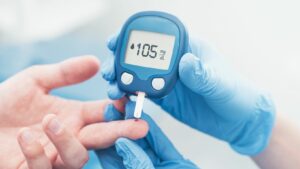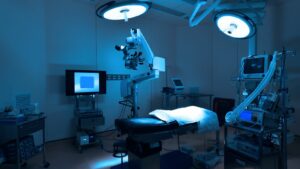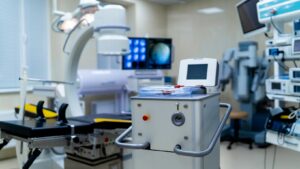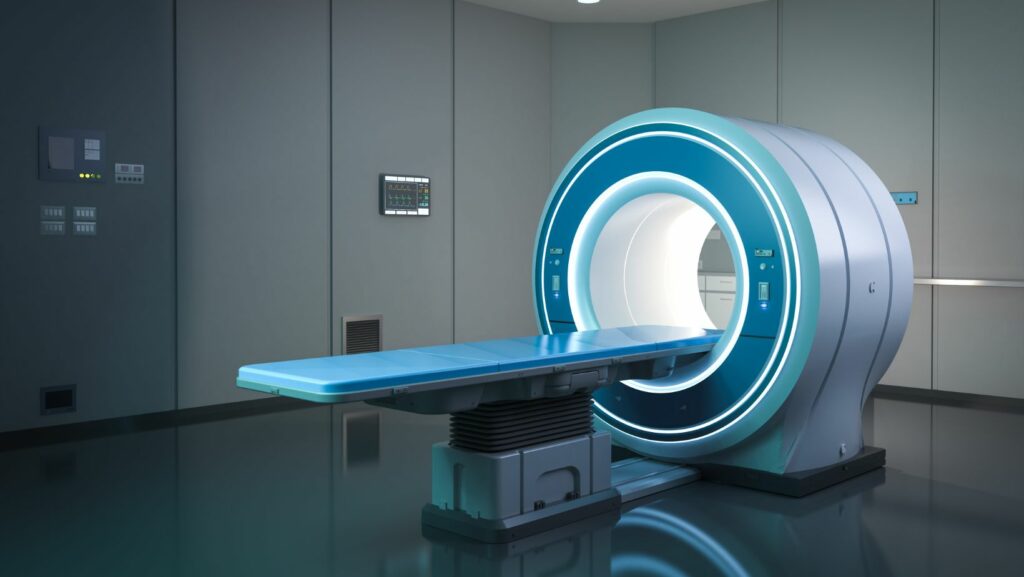In the ever-evolving world of healthcare, the medical device industry stands as a vital cornerstone. This dynamic sector is constantly shaped by technological advancements and regulatory shifts, resulting in fascinating trends that promise to redefine patient care.
From AI-powered diagnostics to minimally invasive surgeries, the industry’s landscape is transforming at a rapid pace. This article offers a deep dive into the latest trends reshaping the medical device industry, providing valuable insights for healthcare professionals, investors, and technology enthusiasts alike.
Stay tuned as we explore the future of medical technology, where innovative devices aren’t just changing the game—they’re setting entirely new standards for healthcare worldwide.
Medical Device Industry Trends
 This section throws light on the evolving world of the medical device industry, highlighting current market scenario. It further explores how industry dynamics are shifting under the influence of external factors such as the COVID-19 pandemic.
This section throws light on the evolving world of the medical device industry, highlighting current market scenario. It further explores how industry dynamics are shifting under the influence of external factors such as the COVID-19 pandemic.
Market dynamics in the medical device industry are undergoing significant shifts, influenced by a combination of technological advancements, regulatory changes, and market demand. Technologically advanced medical devices, including AI-powered diagnostic tools and devices for minimally invasive surgeries, are gaining popularity. It’s reshaping the industry’s landscape while elevating healthcare standards globally.
For instance, The U.S. medical device market, the largest in the world, has seen a phase of steady growth. According to Frost & Sullivan, the market reached $156 billion in 2017 and is projected to increase at a compound annual growth rate (CAGR) of 4.9% to hit $208 billion by 2023 (source: BIS Research).
Contrarily, regulatory changes pose considerable challenges. Heightened scrutiny, stringent testing protocols, and changing guidelines have led to increased time-to-market for new devices, affecting industry dynamics.
Key Trends Shaping the Medical Device Industry
 Trends observed in today’s medical device industry reflect a sector ever-evolving, keen on leveraging innovation. This state-of-the-art industry’s progress is steered significantly by two prominent trends: technological advancements and regulatory changes.
Trends observed in today’s medical device industry reflect a sector ever-evolving, keen on leveraging innovation. This state-of-the-art industry’s progress is steered significantly by two prominent trends: technological advancements and regulatory changes.
Technological advancements stand as a beacon lighting the pathway for the medical device industry’s journey. Innovations such as Artificial Intelligence (AI) and Machine Learning (ML) play pivotal roles in this transformation. These technologies have given rise to AI-powered diagnostic machines, providing prompt, accurate results and minimizing human error. For example, Onsight Medical, a proactive health startup, introduced an AI-based ultrasound system lauded for expediting diagnoses.
Another crucial technical evolution has emerged from the increasing demand for minimally invasive surgeries. Techniques like robotic surgeries and microsurgeries have gained favor, requiring precise and sophisticated medical devices. The da Vinci Surgical System exemplifies this, demonstrating how small incisions can lead to significant results.
Regulatory Changes
Regulatory frameworks depict another crucial trend impacting the medical device industry. Countries worldwide have been grappling to align their regulatory laws with the quickened pace of technological advancements, making it a demanding frontier.
Regulatory bodies like the U.S. Food and Drug Administration (FDA) have heightened controls, casting a wider net over new devices before they hit the market. Despite increasing the time-to-market, this scrutiny ensures safety, demonstrating regulatory bodies’ commitment to protecting patient health. An instance to note occurred in 2019 when FDA ramped up its oversight over medical devices leading to safer, more effective products.
However, balancing innovation and safety remains a critical challenge. It’s a sophisticated dance where missteps can risk patient safety or stifle innovation. Emulating Europe’s new Medical Device Regulation, more countries may adopt stricter requirements, affirming the perpetual trend towards tighter regulations.
Innovation in Medical Device Development
 Innovation makes strides in medical device development, one trend at a time. <> informs on two innovation areas: wearable health technology, and artificial intelligence (AI) and machine learning (ML).
Innovation makes strides in medical device development, one trend at a time. <> informs on two innovation areas: wearable health technology, and artificial intelligence (AI) and machine learning (ML).
Embracing the digital age, the medical device industry treads the path of wearable technology. These devices, like fitness trackers and glucose monitors, let users track health data points regularly. For instance, fitness trackers often record biostatistics such as heart rate, steps, and sleep patterns while glucose monitors track blood sugar levels for diabetics. Advancing not just in functionality, these wearables, too, scale up in user convenience, in aspects like size, weight, and aesthetics. Yet, with further technological progress, challenges surface, especially related to data accuracy and privacy.



